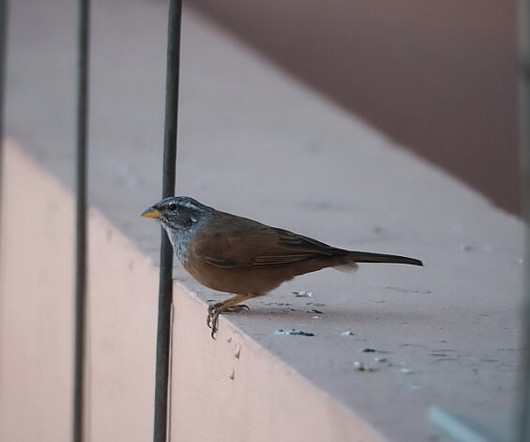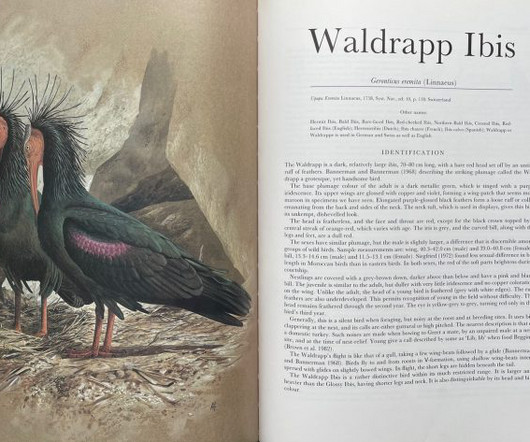My Favorite 2023 Birds
10,000 Birds
JANUARY 5, 2024
The work part of this trip included ten days spent in a suburban neighborhood of Marrakesh, Morocco. I was not able to get out and do much serious birding, but fortunately, in Morocco the birds come to you. But Morocco’s example is by far the “housiest” of them all. What the heck are you doing here?














Let's personalize your content